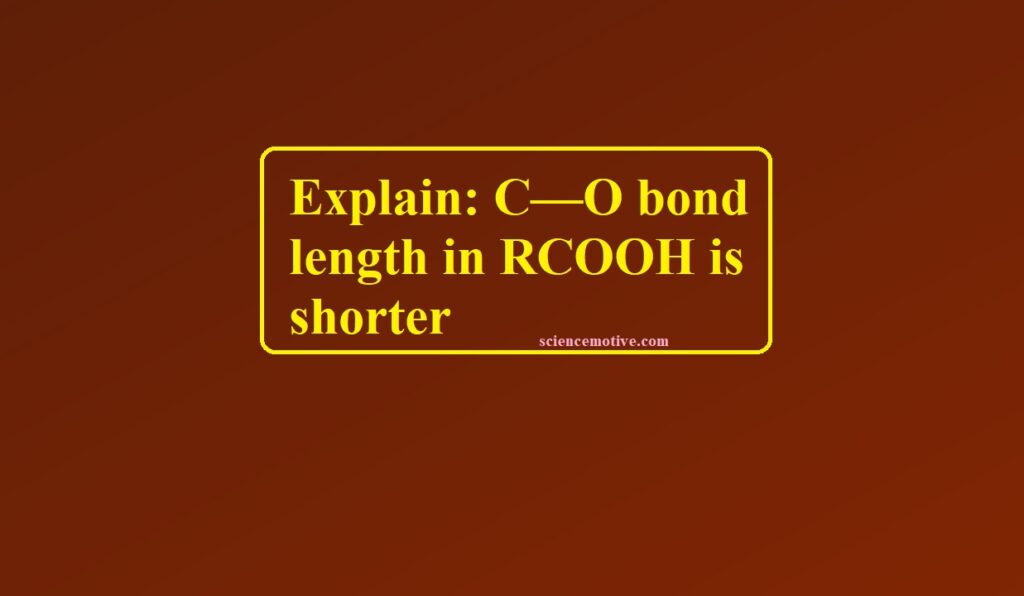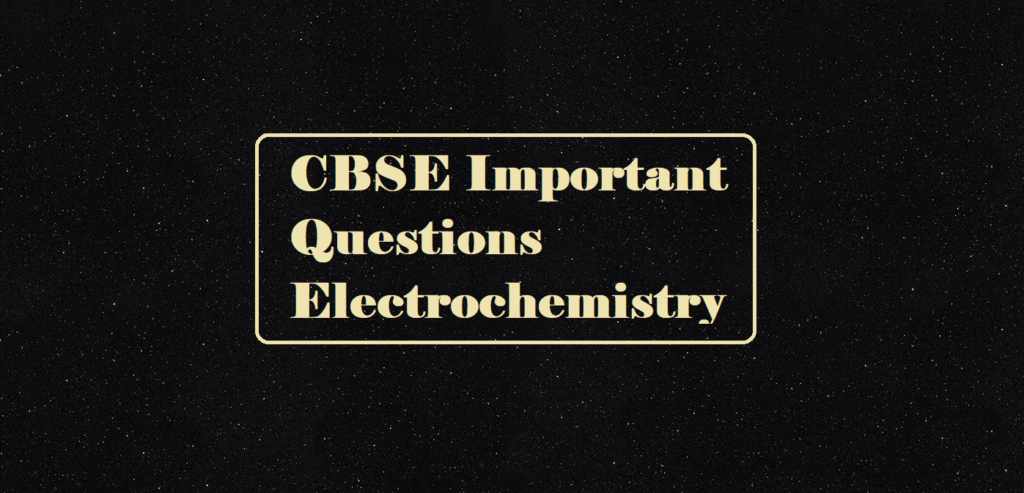C—O bond length in RCOOH
Que. Explain the following giving proper reasoning:
(a) C—O bond length in RCOOH is shorter than in ROH
(b) Highly branched carboxylic acids are less acidic than unbranched acids
Ans. (a) RCOOH has the following resonance structure
Because of the contribution of structure (b), there is some double-bond character in the C—O bond of the acid. Therefore C—O bond length is shorter than R—OH which has a pure single bond character.
(b) The carboxylate ion (RCOO–) of branched-chain acids is shielded from solvent molecules and can not be stabilized by solvation as effectively as the carboxylate ion of unbranched acids. Simultaneously branched-chain alkyl group causes a more electron-donating effect than an unbranched chain, hence decreasing the acidic nature of carboxylic acid.




